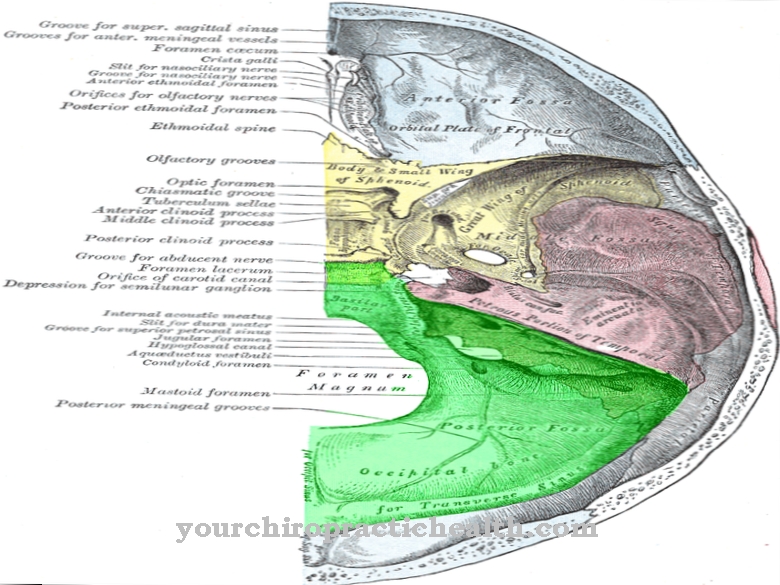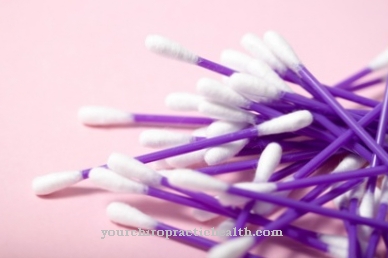A Auricular malformation is characterized by anomalies in the shape of the auricle. Often it does not represent a disease value as with the protruding ears. However, severe auricular malformations can also be an accompanying symptom of a syndrome with other physical malformations.
What is auricular malformation?

© ninell - stock.adobe.com
The term Auricular malformation includes both slight anomalies of the auricle, such as protruding ears, and severe malformations, in which the auricles can even be completely absent. Often the deviations are not associated with hearing loss and in such cases have no disease value. This is especially true for the so-called sail ears (protruding ears). In other cases, the malformations are more serious and sometimes also associated with other physical malformations.
A malformation with a reduction in the size of the ears is called microtia. Severe microtia is very rare and occurs in 100 to 150 newborns per year in Germany. Usually there is an isolated auricular malformation. In around 20 to 30 percent of cases, it is a symptom of an underlying syndrome, which is either genetic or caused by bleeding during pregnancy. Overall, the auricle malformations are divided into three degrees of severity, from first-degree dysplasia to third-degree dysplasia.
causes
The causes of auricular malformation are diverse. Often this deviation does not represent a disease at all, as is the case with protruding ears. In these cases it is only an external characteristic which, by definition, deviates from the norm only in the social context. Only the psychological stress of being teased and ridiculed can induce those affected to undergo surgical correction. Other malformations are more serious, especially when they are microtiae.
In the majority of cases it is an isolated malformation, the exact cause of which is not known. Sometimes a family cluster is registered. Then it can be assumed that the auricle is hereditary. As has been established, the malformation is passed on to the offspring with varying degrees of penetrance. There is an autosomal dominant inheritance. The different characteristics of the characteristics can have environmental as well as plant-related causes. In about 30 percent of cases, the auricle malformation occurs together with other malformations.
Either diseases during pregnancy or genetic causes play a role here. Auricular malformation occurs particularly in connection with two syndromes. On the one hand there is the Goldenhar syndrome and on the other hand the Franceschetti syndrome. Goldenhar syndrome is a one-sided deformity of one half of the face with auricular malformation, shifted chin to the affected side, malformed or missing eye, restricted facial expressions and hearing problems. The cause of this disease is suspected to be bleeding in the tissues of the fetus that serve as the ear or jaw anlage. Franceschetti syndrome is a genetically determined disease that also has other malformations.
Symptoms, ailments & signs
Auricular malformations are expressed in a variety of deviations in the auricle. Often it is only about protruding ears (sail ears). Sail ears are used when the angle from the auricle to the base of the ear is more than 30 percent. In extreme cases it can be up to 90 percent. The ears, however, have no disease value. However, they are seen as an aesthetic problem. Affected people do not suffer from hearing impairment.
However, due to teasing and ridicule, this misalignment of the ears often leads to mental health problems and social isolation. However, the microtiae are more serious. These are ear deformities with abnormally small ears. Hearing disorders usually only occur when both ears are affected by microtia. A normal development of spoken language could be determined in persons affected on one side. However, this does not apply to bilateral auricular malformations. If the auricle malformations occur as part of a syndrome, other parts of the body are also affected by malformations.
Diagnosis & course of disease
The diagnosis of auricular malformations is mainly about determining whether hearing disorders are also occurring. The causes of microtia are also sought. The family history often provides clues for a hereditary disorder. The probability of their occurrence in other children can be estimated.
Complications
As a rule, the auricle malformation does not lead to any particular complications, nor does it lead to a serious course of the disease. The disease itself has no negative impact on the health of the person affected, so that there are usually no restrictions in everyday life or in the patient's life. Most of those affected suffer from teasing or bullying due to the auricular malformation.
These factors can occur especially in children, so that they are often aggressive or irritable. Psychological complaints, moods or depression can also make themselves felt and further reduce the quality of life of the person affected. In most cases, an auricle malformation occurs along with other malformations on the body. The further course depends heavily on the cause of the disease.
As a rule, the auricular malformation does not lead to hearing problems or other restrictions in the life of the person concerned. An auricular malformation can be remedied by a surgical procedure. There are no complications here either. The treatment itself is also not absolutely necessary. The life expectancy of the person affected is usually unaffected by the auricular malformation.
When should you go to the doctor?
In the majority of cases, there is no need to see a doctor if the auricle has malformation. For most of those affected, it is an optical flaw that has no disease value. If there are no other complaints, it is usually not necessary to consult a doctor. A doctor is needed if there are hearing impairments or if there is pain or balance disorders. There are changes or other diseases of the ear that need to be examined and clarified.
Headaches, dizziness, unsteady gait or abnormalities in the complexion should also be presented to a doctor. If psychological disorders occur due to the auricular malformation, action is required. In the event of emotional or mental irregularities, a doctor should be consulted. Special features of behavior, a depressed mood or withdrawal from social life should be discussed with a doctor. Consultation with a doctor is advisable in the event of vegetative problems, stress or a depressed mood.
Therapy & Treatment
For first-degree dysplasia, non-invasive treatment should begin in the newborn. The infant's ear cartilage is still malleable in the first days of life. It can be shaped well with an auricle former from the fifth to the seventh day of life so that the malformation is corrected. If the treatment is started later, the results will not be as good due to the increasing stiffness of the auricles.
Invasive surgical methods for auricular correction can begin from the fourth to fifth year of the child's life. The body's own cartilage or plastic is used as material. Cartilage material from the ribs has proven to be the best. The surgical procedure usually consists of three steps, which are carried out at intervals of three months. In a first step, the deformed ear cartilage is removed and the costal cartilage removed.
After the rudimentary skin has been prepared, the auricular structure is formed from the costal cartilage and implanted. In a second step, the auricle is lifted off and an ear fold is formed. In a third operation, further corrections are made. However, sometimes this step is no longer necessary.
You can find your medication here
➔ Medicines for earache and inflammationOutlook & forecast
The prognosis for auricular malformations has so far not been very good. If the hearing ability was not impaired or extremely impaired, a malformation of the auricle was at best a cosmetic problem. It was often covered by longer hair. The only alternative was a plastic auricle prosthesis that was placed over the malformed auricle.
In addition to audiological rehabilitation, cosmetic operations have also recently contributed to the successful improvement of optics. The health insurance companies cover the costs if the person concerned suffers from severe inferiority complexes and depression. This is often the case with young people, for example.
In the future, the prospects for patients with auricular malformations could be significantly improved. Chinese scientists have transplanted auricles into a number of affected children. The skin and cartilage tissue for the hearing organ were grown from the body's own cells in the laboratory. The new auricles were then produced using a 3D printer and implanted in place of the malformed auricle. The body's own cells have minimized the risk of rejection.
It remains to be seen whether the results of the surgery with photo evidence published in a medical journal will also convince Western scientists. Most auricular malformations are congenital. So they hit especially children and young people hard. Only a few auricular malformations occur in adults, for example as a result of accidents or disfiguring diseases.
prevention
Prevention of auricular malformation is not possible. The malformation can only be corrected in minor cases through a quick, non-invasive procedure in the first days of life of an affected newborn.
Aftercare
In most cases, the affected person has only a few and only limited measures of direct follow-up care available in the case of an auricular malformation. Therefore, the person affected should ideally consult a doctor very early to prevent further complications or complaints. No independent healing can occur, so that a doctor should be contacted at the first signs and complaints.
If those affected wish to have children, genetic testing and counseling is recommended in order to prevent the auricle malformation from occurring again in the children. In many cases, this malformation can be alleviated by a slight surgical procedure. There are no particular complications or complaints.
After the procedure, regular check-ups by a doctor are very useful. Since the auricular malformation can lead to severe psychological complaints or depression, especially in children, in some cases they are dependent on the psychological support of their own family. The disease itself does not reduce the life expectancy of the patient, and no further follow-up measures are available.
You can do that yourself
In the case of a malformation of the auricle, in most cases there is no disease value. It is an optical flaw to which the person concerned is exposed. In everyday life it can therefore lead to teasing, which in severe cases can lead to psychological problems for the patient. In order to prevent this development, opportunities should be taken that trigger an improvement in well-being and are thus perceived as helpful for those affected.
A variety of methods or techniques can be used to hide the auricular malformation. Wearing headgear or creating different hairstyles can hide the conspicuousness on the head well. Through this measure, the malformation of the ear remains hidden from many people and thus goes unnoticed. Comments, remarks or unpleasant looks from other people are reduced in this way.
When dealing with people from the social environment, the person concerned needs a healthy and stable self-confidence. The statements of others should not affect the patient's mental state. To promote this, relatives and partners help by building a sense of achievement and promoting the personality of the person concerned. In conversations it should be conveyed that the value of a person does not depend on their appearance. The focus should be on the abilities and competencies of the person concerned so that the inner forces are strengthened.




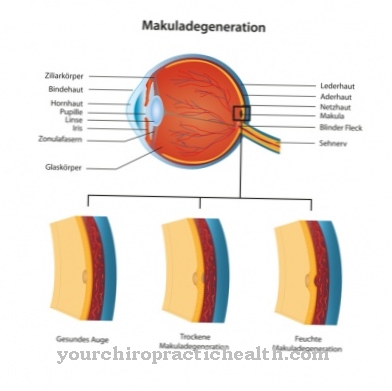



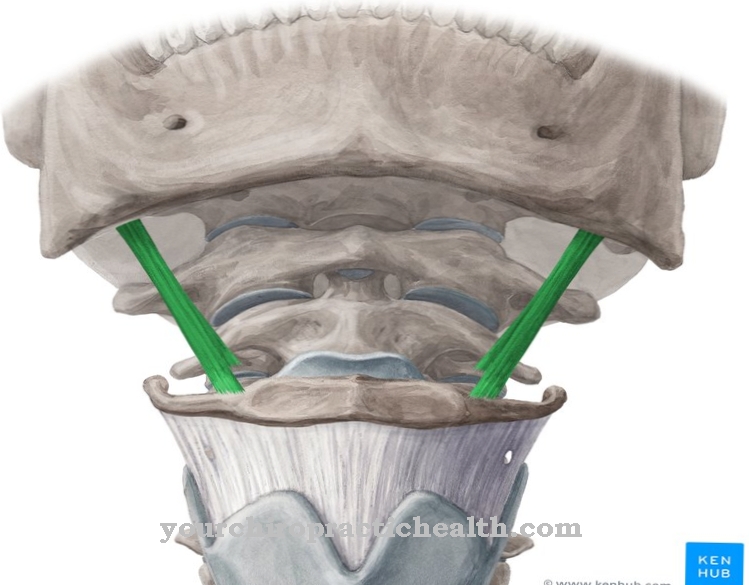



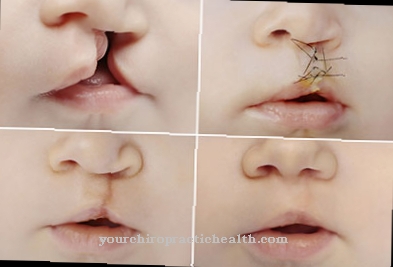
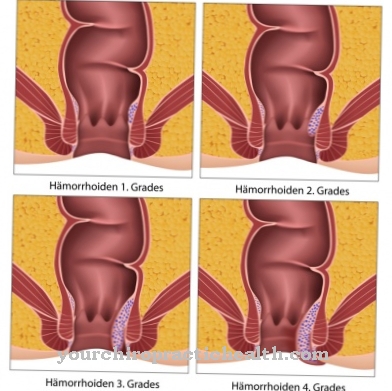
.jpg)


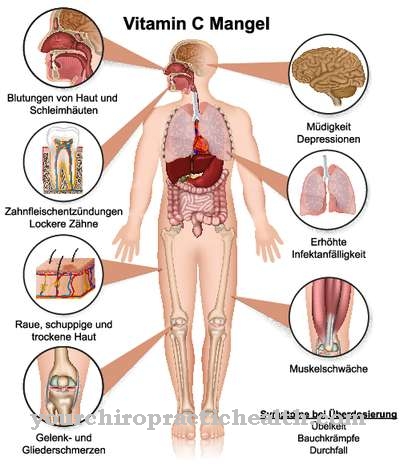

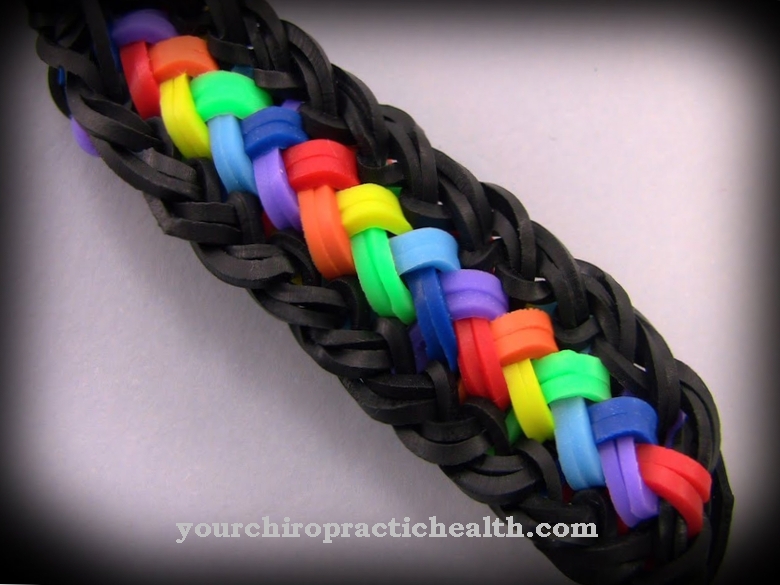
.jpg)





